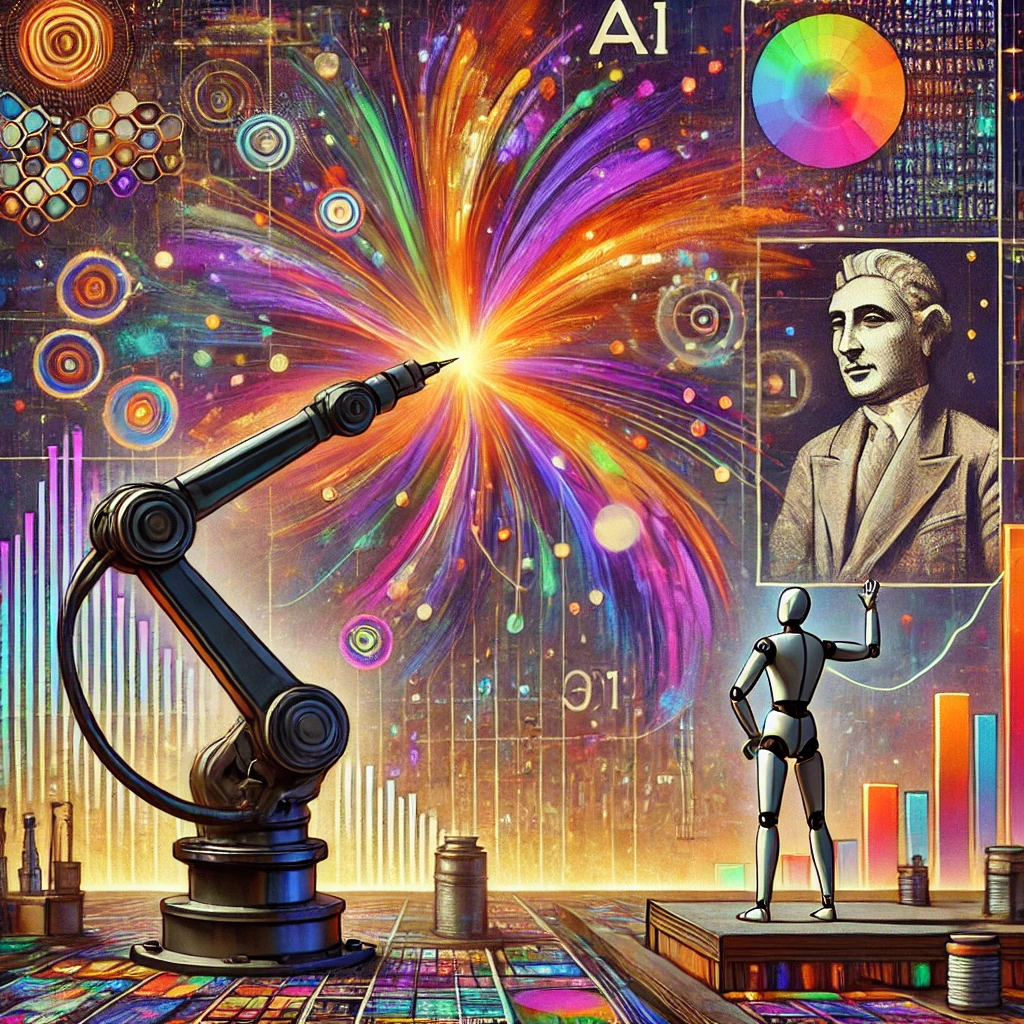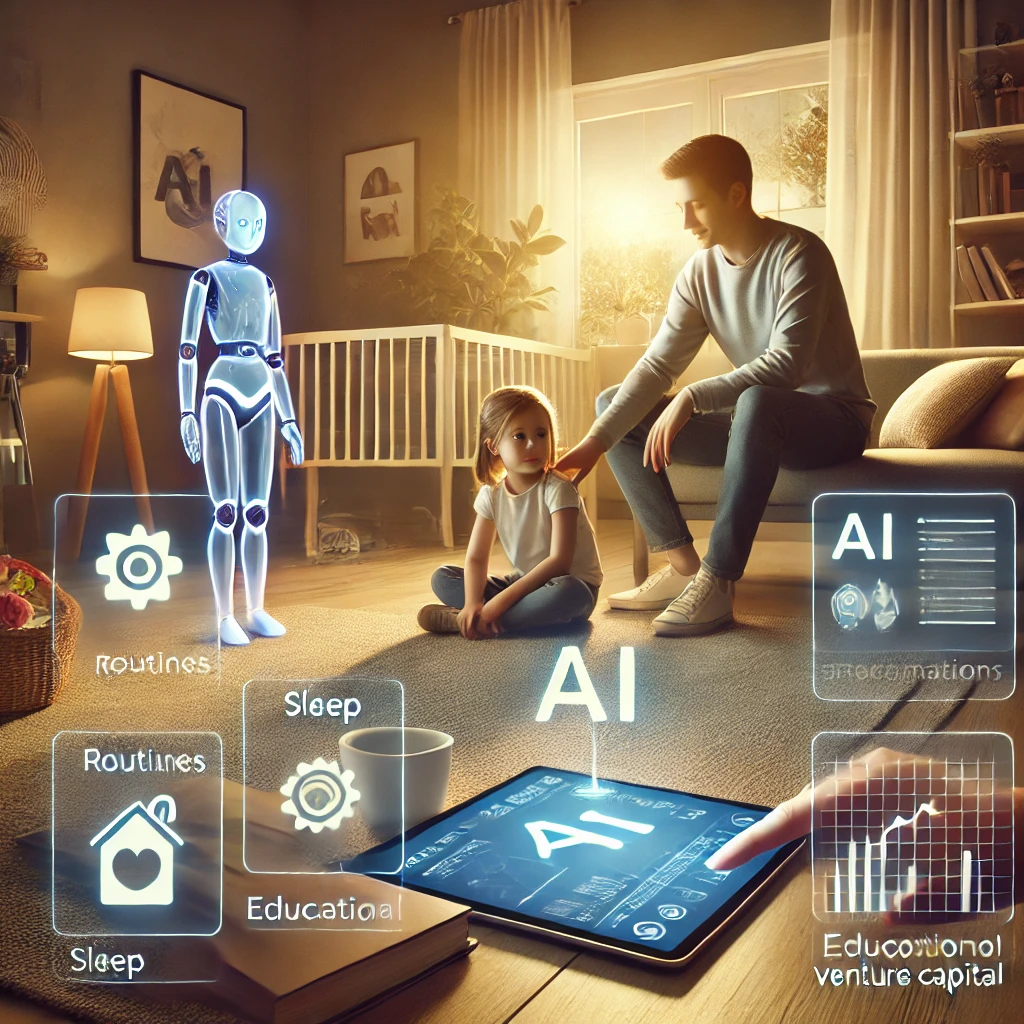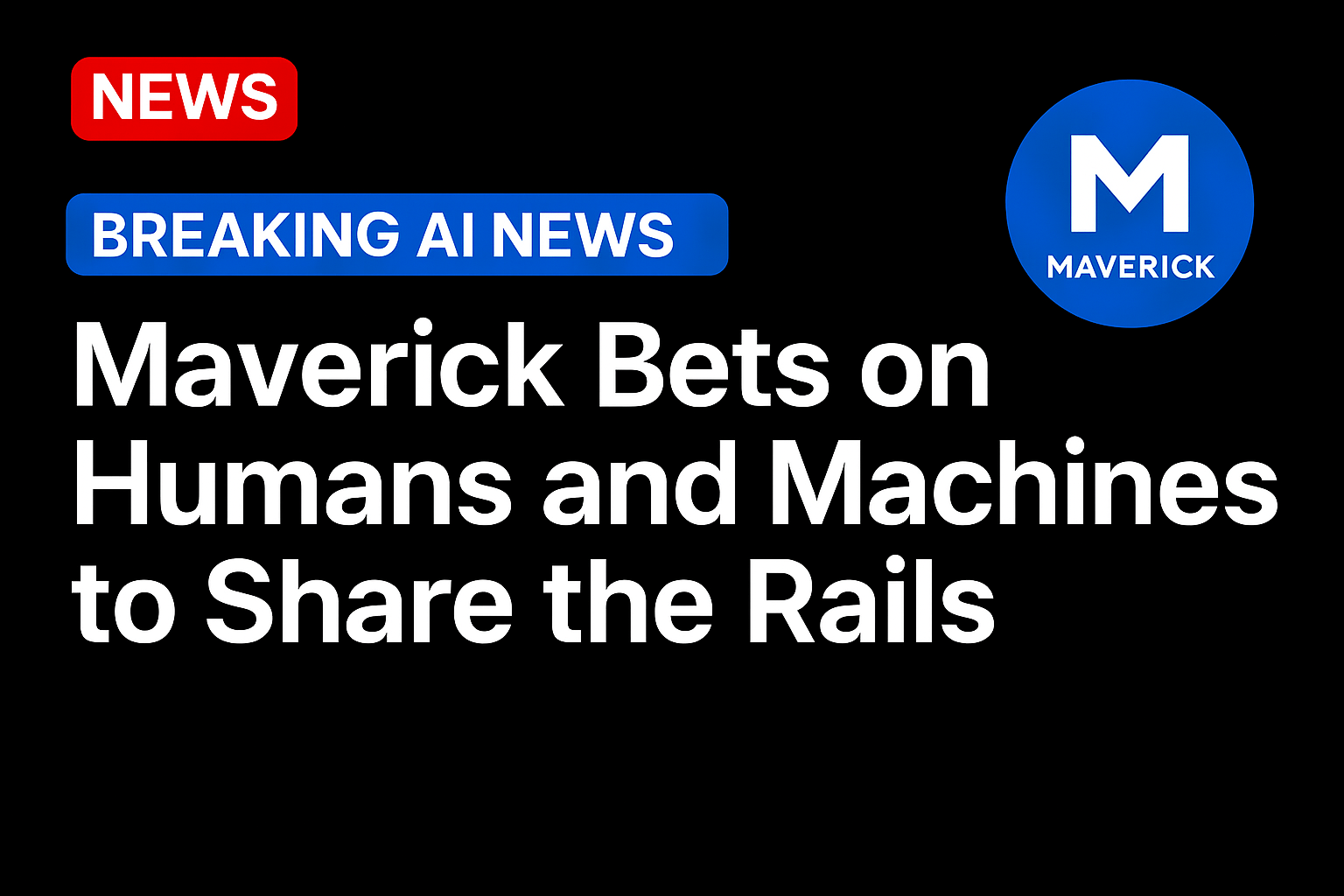The rise of artificial intelligence has sparked debates across a variety of fields, but nowhere is the discussion more intense than in the world of art. With AI-generated images, music, and even entire films becoming increasingly sophisticated, we’re now facing a crucial ethical question: Should people be allowed to profit from AI-generated art?
This issue touches on the core of what we value in art, how we understand creativity, and what it means to be an artist in a world where machines can generate images at the click of a button.
The Creative Spark: Human or Machine?
Traditionally, we’ve regarded art as a deeply human activity—an expression of emotion, experience, and personal vision. Whether it’s a painting, a sculpture, or a song, art has always been viewed as something that requires a creative spark. This creative process often involves struggle, experimentation, and inspiration drawn from personal experiences. But with AI, the process looks very different.
AI tools, such as OpenAI’s DALL·E, MidJourney, and DeepDream, can generate intricate, stunning images from simple prompts, often in seconds. While the algorithms behind these tools have been designed and trained by humans, the resulting works are generated by machines, pulling from vast databases of existing art, photography, and digital imagery.
From a purely technical perspective, AI art isn’t “created” in the way we traditionally think of creation. It’s synthesized, predicted, and assembled based on patterns in the data the AI has been trained on. But does this distinction matter when it comes to profiting from AI-generated works? If the output is visually impressive and compelling, should the source of the creation make a difference?
Who Owns AI Art?
One of the central issues in this debate is the question of ownership. If an AI generates an artwork, who owns the rights to it? The artist who provided the input prompt? The developers who created the AI tool? The companies that own the datasets the AI was trained on?
Currently, the laws surrounding AI-generated art are murky. In most jurisdictions, copyright laws don’t easily apply to works created without direct human involvement. But if you’re using an AI tool to generate a piece of art and then sell it, does that make you the rightful owner of the work? Many argue that while the AI does the heavy lifting, the human behind the input still plays a key role in guiding the creation process.
Others contend that AI-generated art isn’t truly “owned” in the traditional sense, because the machine, not the person, is doing the actual creative work. This viewpoint challenges the very foundation of intellectual property law, which is built on the notion of individual authorship and originality.
The Economics of AI Art
Beyond the question of ownership lies another critical concern: profit. As AI-generated art becomes more prevalent, the market for it is growing. Some AI-generated pieces have sold for thousands, even hundreds of thousands of dollars, leading many to question whether such profits are ethical.
One concern is that profiting from AI-generated art could devalue the work of human artists. If a machine can create artwork at scale, at a fraction of the time and cost, why should people pay for the labor-intensive work of human creators? This could lead to a market flooded with AI-generated content, making it harder for human artists to compete or even make a living.
On the other hand, some argue that AI art should be seen as an extension of human creativity rather than a replacement for it. Just as digital tools have transformed photography, graphic design, and music production, AI could be viewed as another tool in the artist’s toolbox—one that democratizes the creation process and opens up new forms of expression.
Ethical Considerations
The question of whether you should be allowed to profit from AI-generated art also raises deeper ethical questions about the value of creativity. Is art valuable because of the skill, time, and effort put into it, or because of the emotional impact it has on the audience? If an AI-generated image evokes the same emotional response as a human-made painting, does it deserve the same recognition—and financial reward?
There’s also the issue of fairness. AI-generated art relies on datasets that often include the work of countless artists, many of whom have not consented to their work being used to train these algorithms. If an AI tool generates art based on patterns learned from existing works, should the original artists receive credit or compensation? This raises concerns about whether AI-generated art is an ethical use of creative labor, especially if it’s being sold for profit.
The Future of AI Art and Profit
As AI-generated art becomes more prevalent, the conversation around profiting from it will only intensify. New legal frameworks and ethical guidelines will be necessary to address the complex issues of ownership, authorship, and compensation. In the meantime, the art world will need to reckon with the implications of a future where machines can create art—and humans can make money from it.
For now, whether or not it’s ethical to profit from AI-generated art largely depends on one’s perspective. To some, it’s a new frontier of creative expression, ripe for exploration and commercialization. To others, it’s a commodification of creativity that undermines the value of human-made art.
But one thing is certain: AI is transforming the art world, and the way we think about creativity, ownership, and profit will never be the same.





